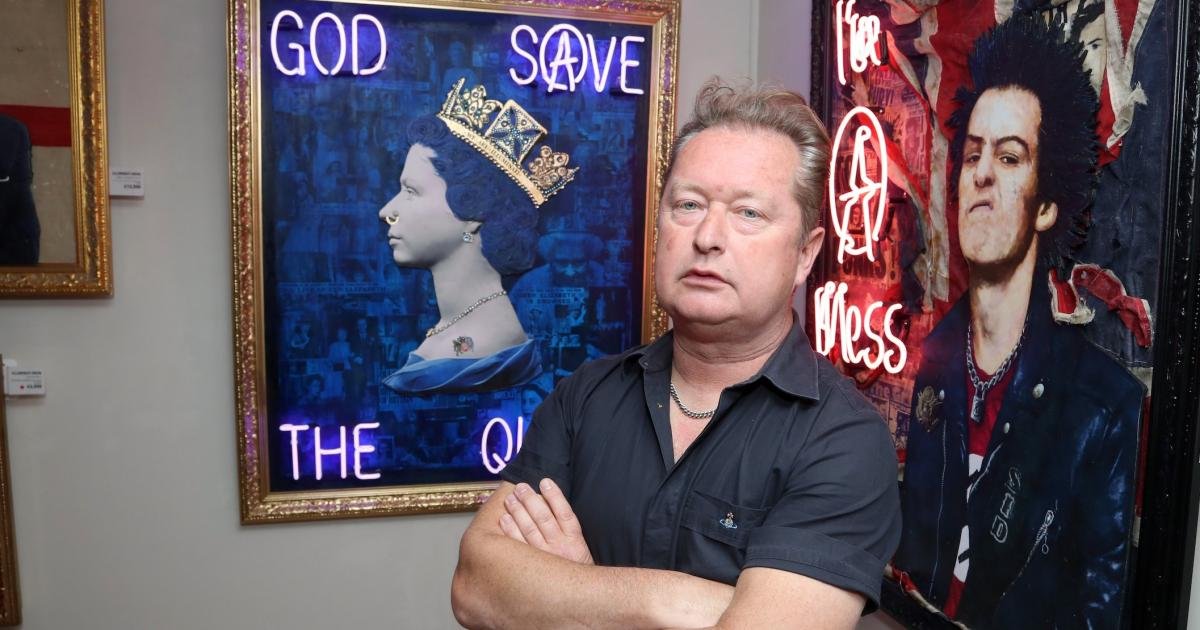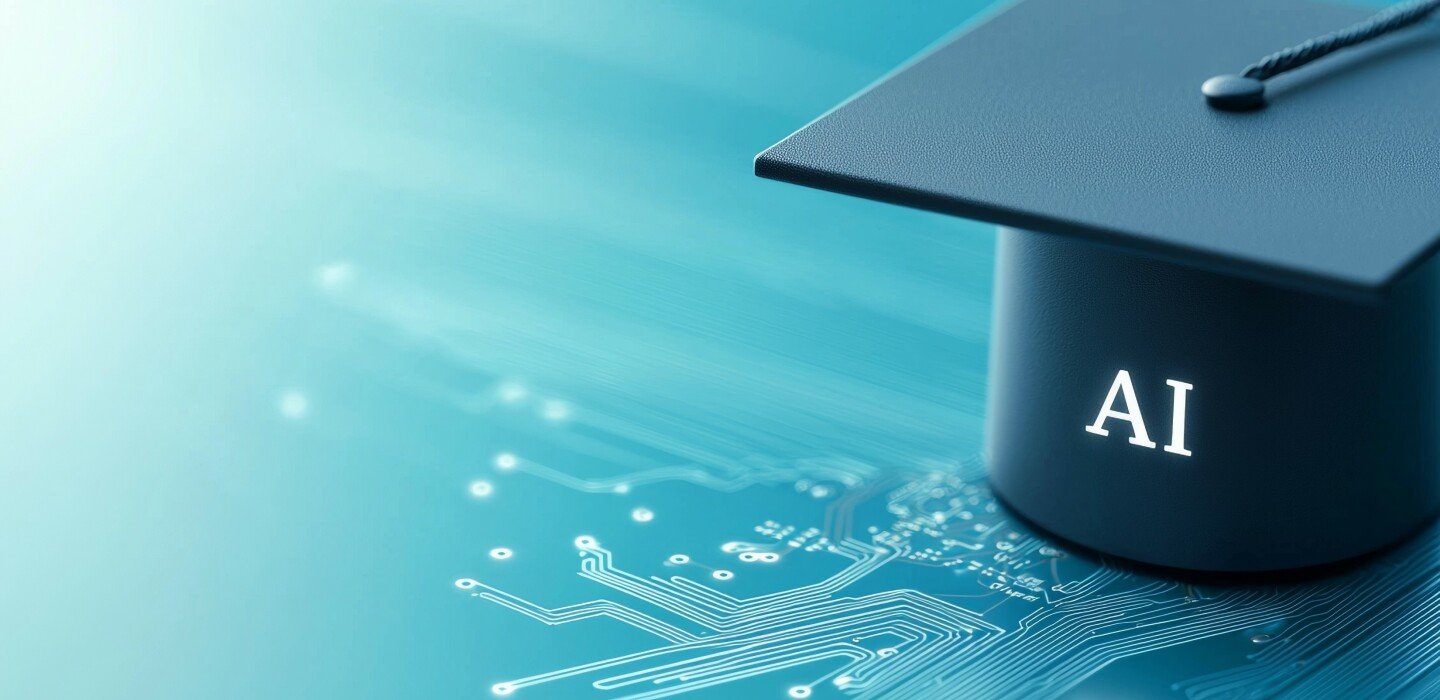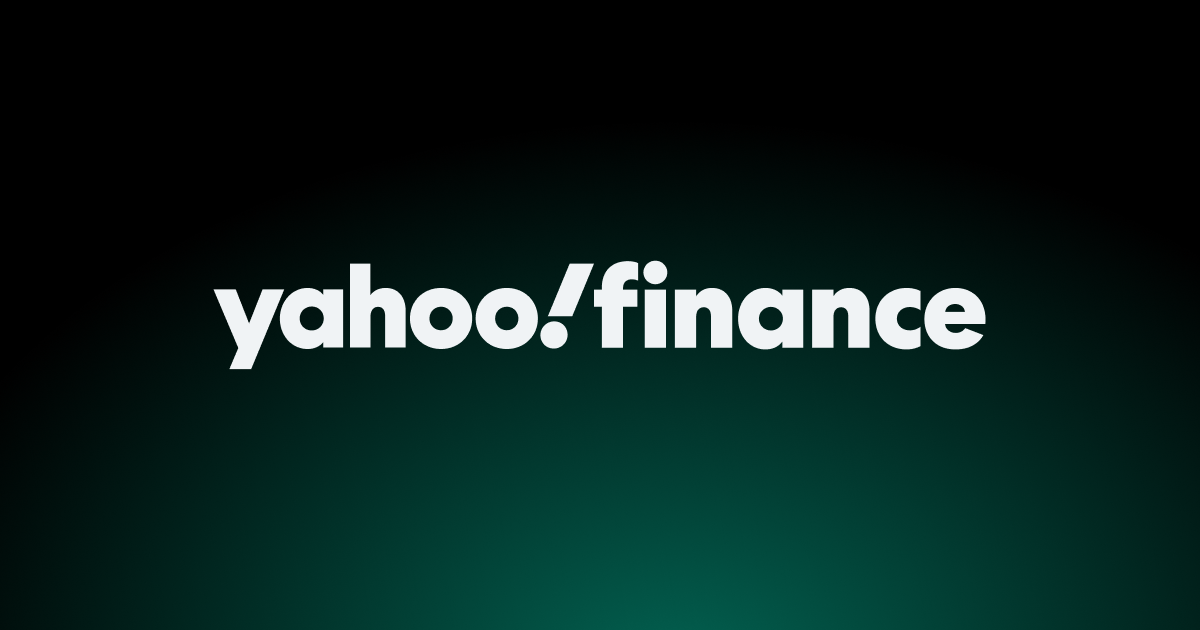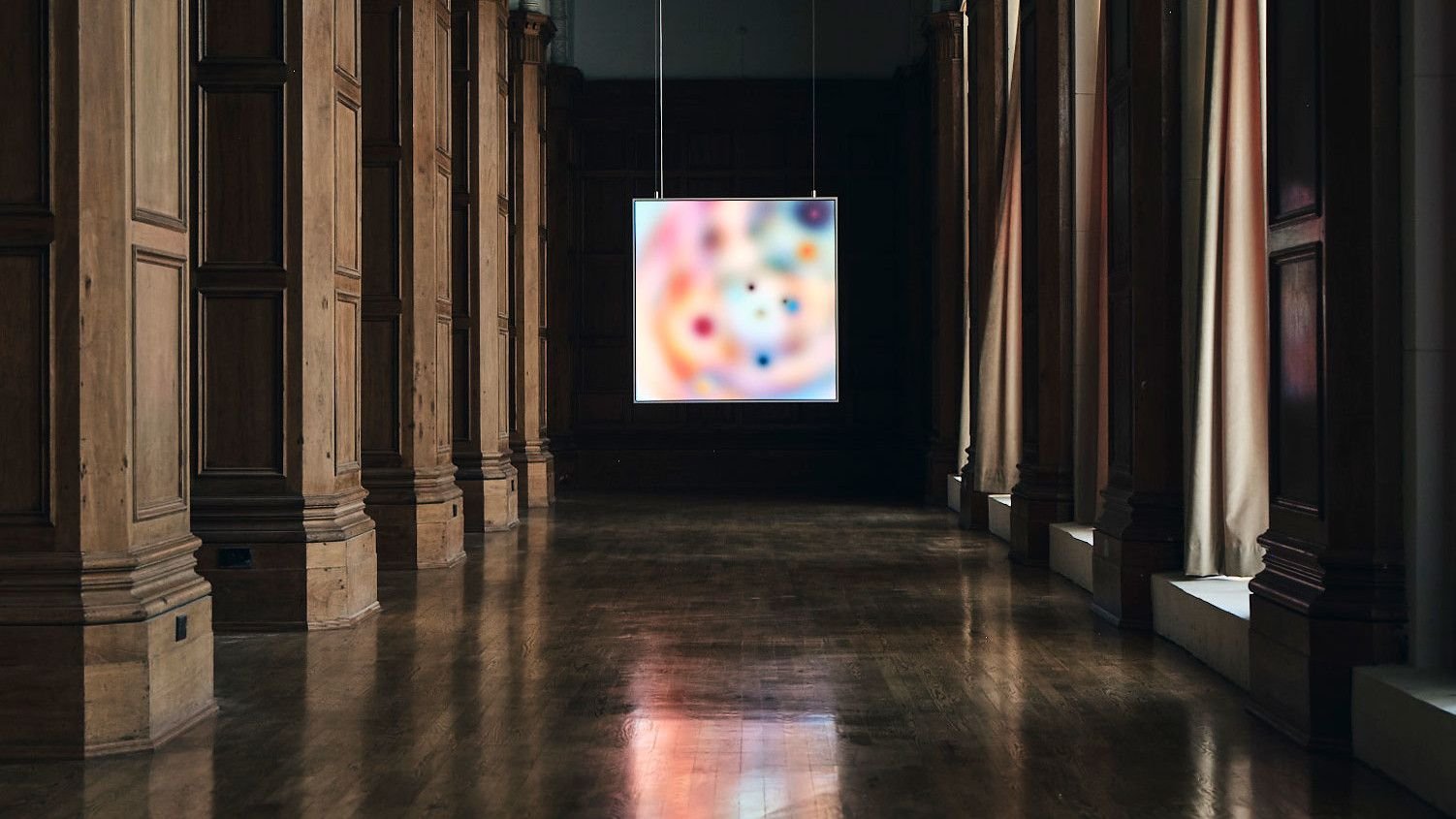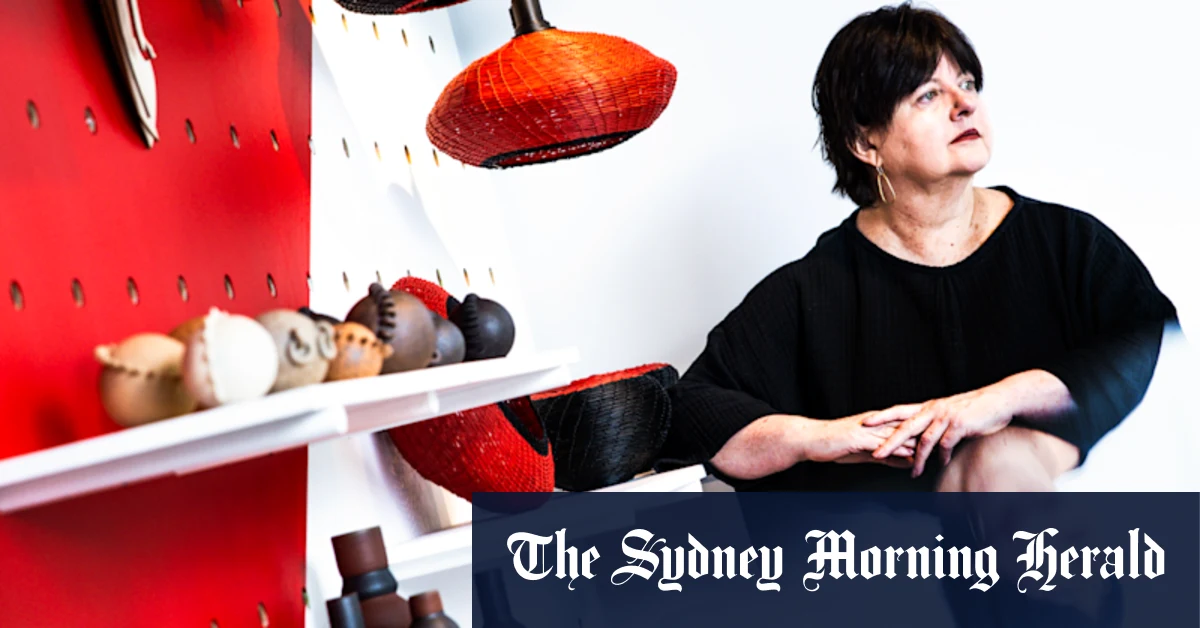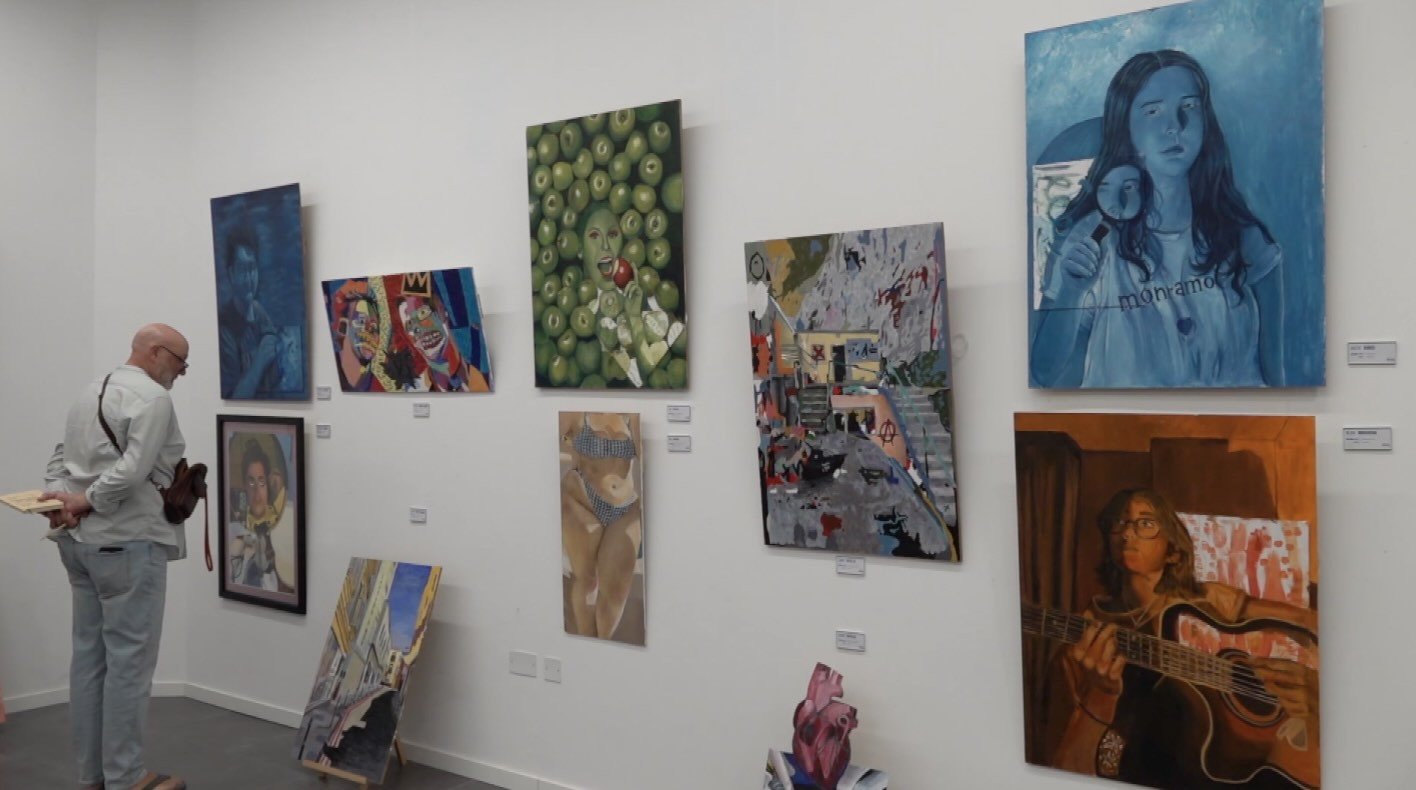
The Armory Show is New York City’s longest-running art fair, so it’s a little disappointing that recent years have seen it staged at the Jacob K. Javits Convention Center. Originally hosted by the intimate Gramercy Park Hotel, the show now barely inhabits this cavernous glass undulation, which seems more designed to be driven past than entered. Does Frieze stage the Armory Show at the Javits Center because it’s the only building on the island of Manhattan that’s worse than The Shed? It does make the venue for their brand-name fair seem better by comparison. Emily Gould memorably called the Javits “an airport with no scheduled departures,” and despite its absurd proportions, the building can induce claustrophobia if the art is bad. But this year the art wasn’t bad at all—in fact, it may have been the opposite of bad. Below are the five pieces that spoke to me the most, and it’s noteworthy that the five are among many others that I liked quite a bit.
TARWUK, MRTISKLAAH_enecS_laniF_ehT (2025), White Cube


Normally, blue-chip galleries organize their art fair booths the way roadside diners organize their menus. They like it dense and diverse, in a way that allows the visitor to know each and every treat that is available to them, from souvlaki to challah French toast. White Cube’s booth at Armory this year was instead given over to Ivana Vukšić and Bruno Pogačnik Tremow, a.k.a. the artist duo TARWUK. It was hard to pick a favorite among them because all were well executed and distinct. In this and other ways, they reminded me of the Metropolitan Museum of Art’s recent exhibition “Siena: The Rise of Painting, 1300–1350,” which lived up to the title’s promise of explaining the very origins of the medium’s vernacular. Here we see TARWUK using these older dialects to discuss contemporary issues. The painting I selected sees a varied cast of characters sitting around a compelling crater that feels to me like X, a.k.a. Twitter, a.k.a. The Everything App. They have no control over their apocalypse but are each dressed in a very appealing and bespoke way.
Nikita Gale, INTERCEPTOR (2025), 56 Henry


Two disclosures: I have worked with Bridget Finn and love Ellie Rines, both of whom have been major champions of Nikita Gale. But you don’t need to be biased to love this work; just about everyone lingered near it. I suppose that if I’m going to complain so much about architecture, that’s the angle from which I should first compliment this work—it’s a booth you cannot enter. It speaks to the obvious love-hate relationship we all have with fairs, no matter where they’re staged. Speaking of stages, this work sees Gale returning to the materials and themes that tend to run through her work, which is interested in the technical aesthetics of audio production. You can’t make it out in this photo so well, but dangled up in those meaty wires are empty mic stands at casual and organic angles. The language on the 56 Henry website seems to imply that this work also resonates with the barricades of the French Revolution, but that doesn’t sound right to me. I think recent years have proven that there’s pretty much nothing you could do to modern-day Americans that would ever make them revolt.
RF. Alvarez, We’re Still Here! (2025), Martha’s


I showed a photo of this work to a friend at an opening, and she asked, “Is that a scene from Sinners?” It’s a fair enough question, but instead of being vampires, everyone’s just secretly gay. The work was inspired by Paul Cadmus’s famous and excellent The Fleet’s In! (1934), “one of the earliest known cases of censorship of a gay artist in the United States,” per the Met. One of the subtly queer elements in that work is the proposition via cigarette, so it’s appropriate that the artist himself appears in the center, lighting that other guy’s cigarette. The light is one of the many things to like about this painting, even if you don’t care about identity politics. Alvarez paints the whole surface black first, then seems to enjoy the challenge of dealing with this. Everyone’s clothes and skin seem to cling to them as they’re explored by the light. Look at that gleam on the edge of the pool table.
Brittney Leeanne Williams, Interruption 8: Integration (2025), Alexander Berggruen


Red is a difficult color. Beloved by collectors of the more thuggish variety, many painters avoid it because it’s too dominant. Williams doesn’t fight the red’s power, opting to mitigate it with trompe l’oeil. Her folds are so realistic that when you first approach it, you don’t even think of it as surreal. You see the rocks, the clothes and the reflections, and your brain registers this life-sized silhouette as a person. This is a dramatic and cinematic work without any faces in it. It’s suggestive of the cover of a romance novel from the 1990s, or perhaps a stained glass window. The robe does seem like something Jesus would wear, and the light source does seem to suggest that it’s coming from the non-existent head. It’s appealing how dark and shiny this work becomes near the bottom. It seems to suggest that this work could be many different ways, if it wanted to be
Joel Gaitan, Portadora De Ibeyi (2025), The Pit


This booth featured a number of similar pseudo-Mesoamerican artifacts, which delve into the Miami-based artist’s Nicaraguan heritage, but this should appeal to anyone who likes sculpture, ceramics or the color blue. What I love about the symmetry of this piece is that it breaks, in the folds of fat on the belly, the lower-hanging breast, and in the curious golden snake scarf, which isn’t quite the same on both sides. It adds to this creature’s undeniable charm. The sculpture’s title translates to “Bearer of the Twins,” who are exactly the same and distraught. But the bearer’s smile is the focal point of this. She is unflappable in the face of whatever seems to be happening in this piece. The hues and textures combine well here, best noticed in the way that puckered skin feeds into the golden pastie. It’s a sculpture about order, chaos and how one responds to them.


